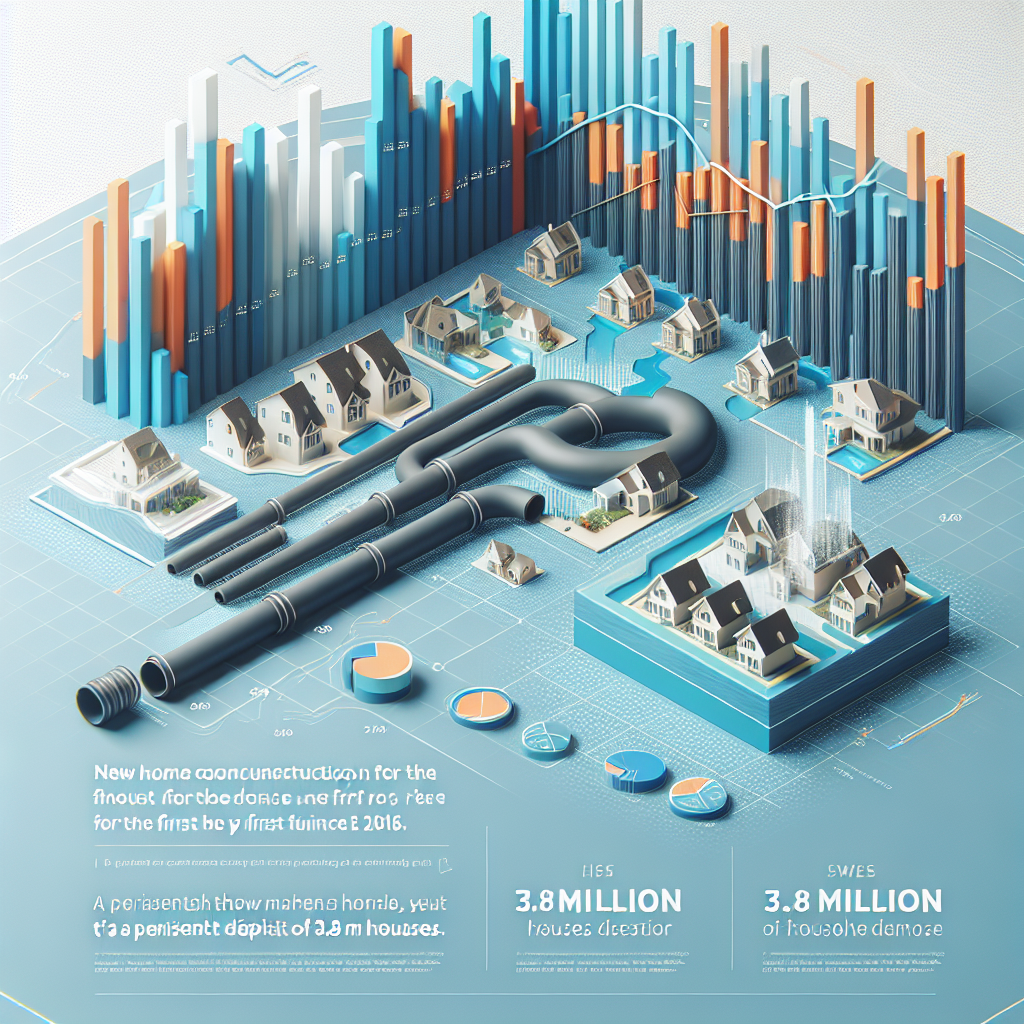According to the latest analysis by Realtor.com, although the volume of new home construction increased for the first time since 2016 last year, there still exists a housing shortage totaling 3.8 million households.
The company used data on new home construction, household composition, and pent-up housing demand to measure and estimate the housing supply gap. They found that in 2024, over 1.6 million homes were completed, the highest level in nearly 20 years.
However, the report points out that “due to the historical large gap in addition to ongoing pent-up household demand, the housing shortage continues to widen.” The report also highlights that the 2024 housing market made progress in both new and existing home inventory, but inventory levels remain below pre-pandemic levels, and affordability constraints are also limiting buyer demand.
Builders face numerous obstacles, such as “zoning and permitting regulations, as well as rising material costs, making the construction of affordable housing relatively challenging.”
Analysis indicates that at the 2024 rate of home construction, it will still take approximately 7.5 years to close the housing gap relative to household composition and pent-up demand. This gap is particularly severe for young families, as purchasing a home with median to average income is becoming increasingly unfeasible.
In terms of regions, the South has the largest housing gap in terms of unit numbers, but the smallest gap relative to total construction. The Northeast has the largest housing gap in scale, followed by the Midwest and West.
Private enterprises and governments across the United States have been seeking solutions to the affordable housing crisis. In 2024, the number of homeless individuals reached a record high, while housing prices in the U.S. soared. Freddie Mac estimates that the U.S. lacks 3.7 million housing units.
Given the persistent high housing prices in the U.S., especially the difficulty young people face in purchasing homes, a real estate developer in Los Angeles is trying to alleviate the economic housing shortage by constructing apartments above Costco stores. Target and Whole Foods have also utilized apartment buildings as their bases to attract urban populations.
According to CNBC, some real estate developers have decided to demolish old department stores and convert these spaces into apartment complexes. Some developers are also directly building residences in the vacant spaces of shopping centers.
(Adapted from reporting by “The Hill”)

